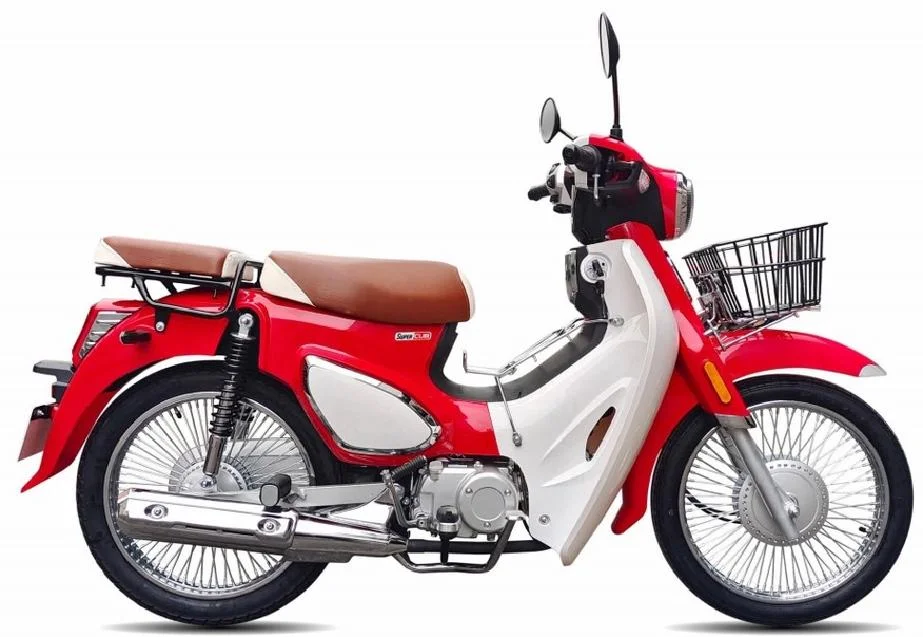In the ever-evolving landscape of global trade and logistics, the question of Which transport is best when transporting? is more pertinent than ever. The choice of transportation mode can significantly impact costs, delivery times, and the overall efficiency of supply chains. This article delves into the various transport options available, their advantages and disadvantages, and how to make an informed decision based on specific needs.
Understanding Transport Modes
Transport modes can be broadly categorized into four main types: road, rail, air, and sea. Each mode has its unique characteristics, making it suitable for different types of goods and logistical requirements.
- Road Transport
- Advantages: Flexibility and accessibility are the hallmarks of road transport. It allows for door-to-door service, making it ideal for short to medium distances. Additionally, road transport is often faster than rail or sea for local deliveries.
- Disadvantages: However, it is subject to traffic conditions and can be less cost-effective for long distances. Environmental concerns also arise, as road transport typically has a higher carbon footprint compared to other modes.
- Rail Transport
- Advantages: Rail transport is known for its efficiency in moving large quantities of goods over long distances. It is generally more environmentally friendly and cost-effective than road transport for bulk shipments.
- Disadvantages: The main limitation of rail transport is its lack of flexibility; goods must be transported to and from rail terminals, which can add time and cost to the overall logistics process.
- Air Transport
- Advantages: Air transport is the fastest mode available, making it ideal for time-sensitive shipments. It is particularly advantageous for high-value goods that require quick delivery, such as electronics and pharmaceuticals.
- Disadvantages: However, air transport is also the most expensive option and has strict regulations regarding weight and size. Additionally, it has a higher environmental impact compared to rail and sea transport.
- Sea Transport
- Advantages: Sea transport is the most cost-effective method for transporting large volumes of goods over long distances. It is particularly suitable for bulk commodities, such as oil, grains, and minerals.
- Disadvantages: The primary drawback is the longer transit times, which can be a significant disadvantage for time-sensitive shipments. Furthermore, sea transport is subject to weather conditions and port congestion, which can lead to delays.
Factors to Consider When Choosing Transport
When determining the best transport method for your goods, several critical factors come into play:
- Nature of the Goods: The type of product being transported is paramount. Perishable goods, for example, may necessitate air transport to ensure freshness, while bulk commodities are better suited for sea transport.
- Distance and Delivery Time: Consider the distance between the origin and destination. For short distances, road transport may be ideal, while long distances might favor rail or sea transport, depending on urgency.
- Cost Considerations: Budget constraints often dictate transport choices. While air transport is fast, it can be prohibitively expensive for larger shipments. A cost-benefit analysis can help determine the most economical option.
- Environmental Impact: With increasing awareness of sustainability, businesses are now considering the environmental implications of their transport choices. Rail and sea transport generally have a lower carbon footprint compared to road and air transport.
- Regulatory Compliance: Different transport modes are subject to various regulations, especially for international shipping. Understanding these regulations is crucial to avoid delays and additional costs.
Making the Right Choice
Ultimately, the best transport method depends on a combination of the factors outlined above. A thorough analysis of your specific logistical needs, coupled with an understanding of the strengths and weaknesses of each transport mode, will guide you in making an informed decision.
In many cases, a multimodal approach—utilizing two or more transport methods—can provide the best of both worlds. For instance, a shipment might travel by sea to a port and then be delivered by road to its final destination, balancing cost and efficiency.
Conclusion
Choosing the right transport method is a critical decision that can influence the success of your logistics operations. By carefully considering the nature of your goods, distance, cost, environmental impact, and regulatory requirements, you can determine the optimal transport solution that meets your needs. In a world where efficiency and sustainability are paramount, making informed transport choices is not just beneficial—it's essential for thriving in the competitive landscape of global trade.



